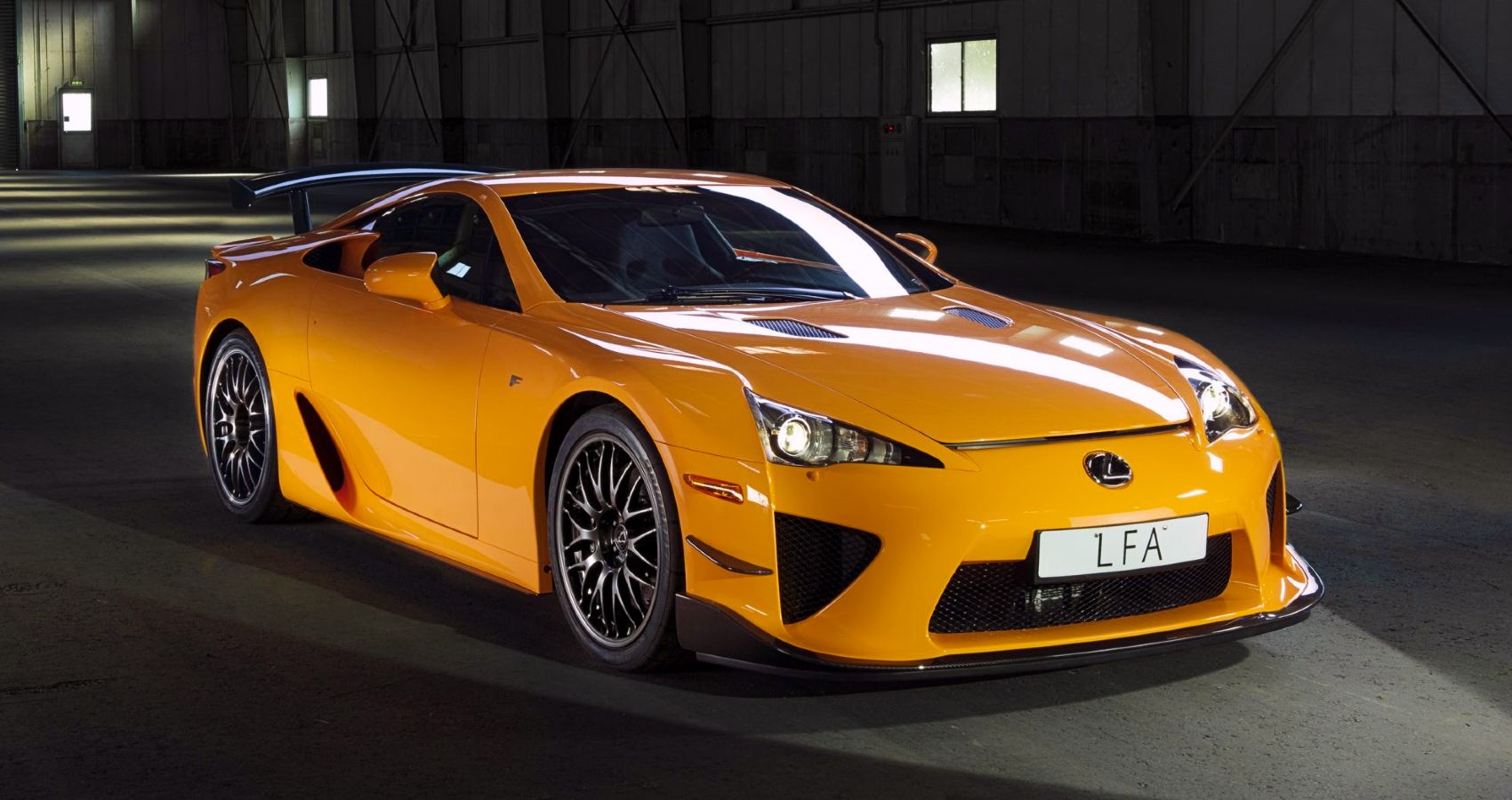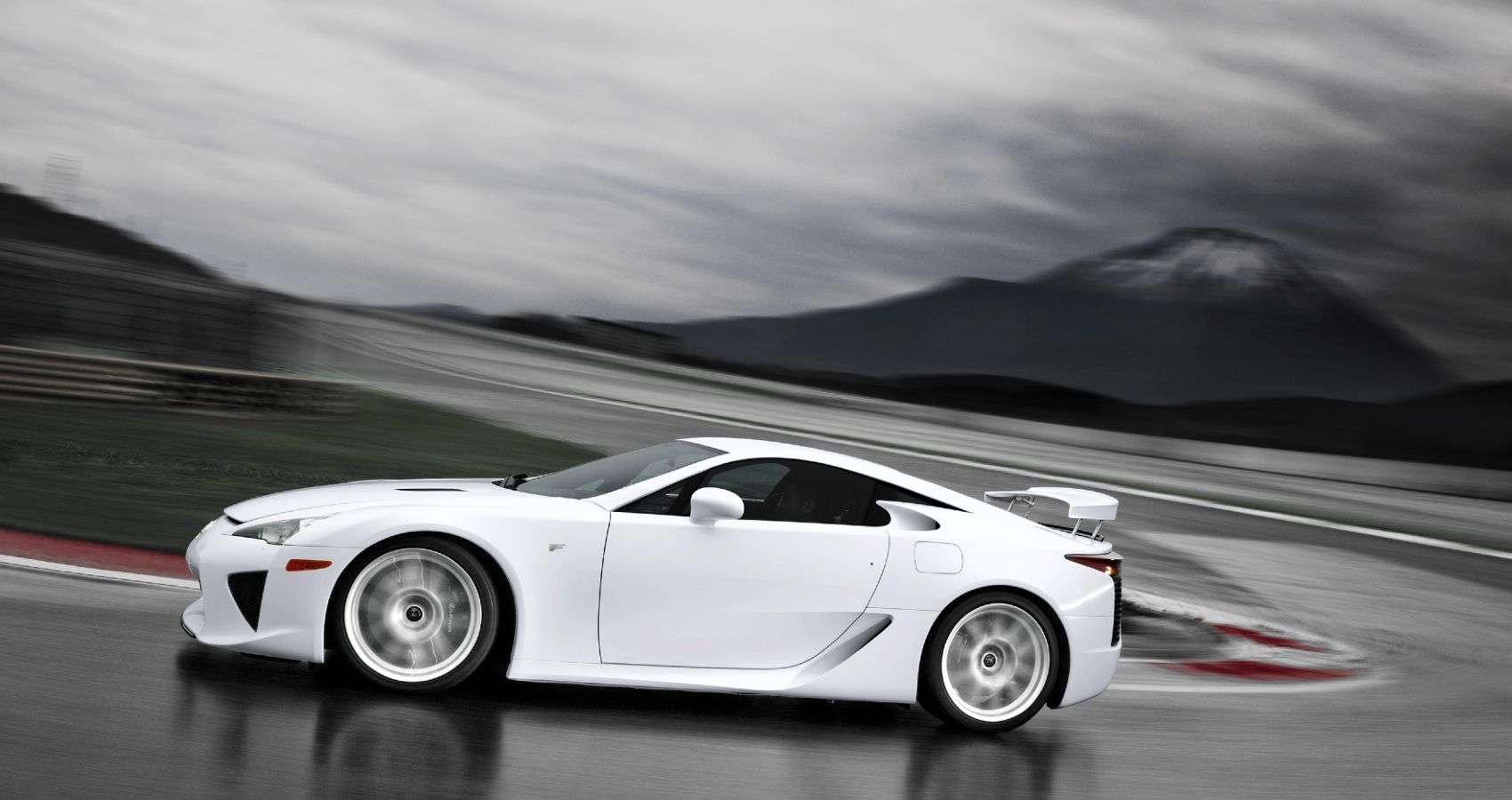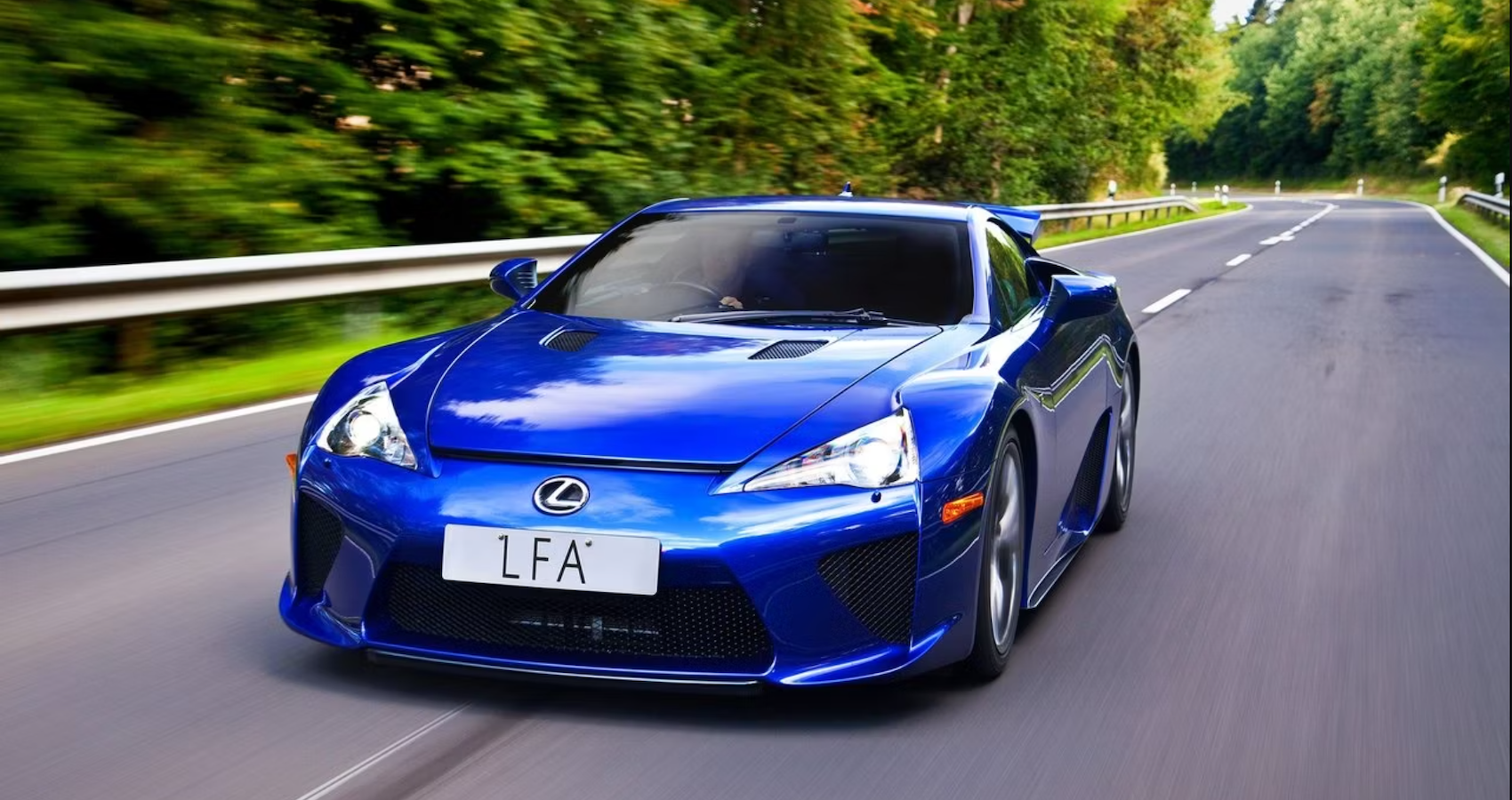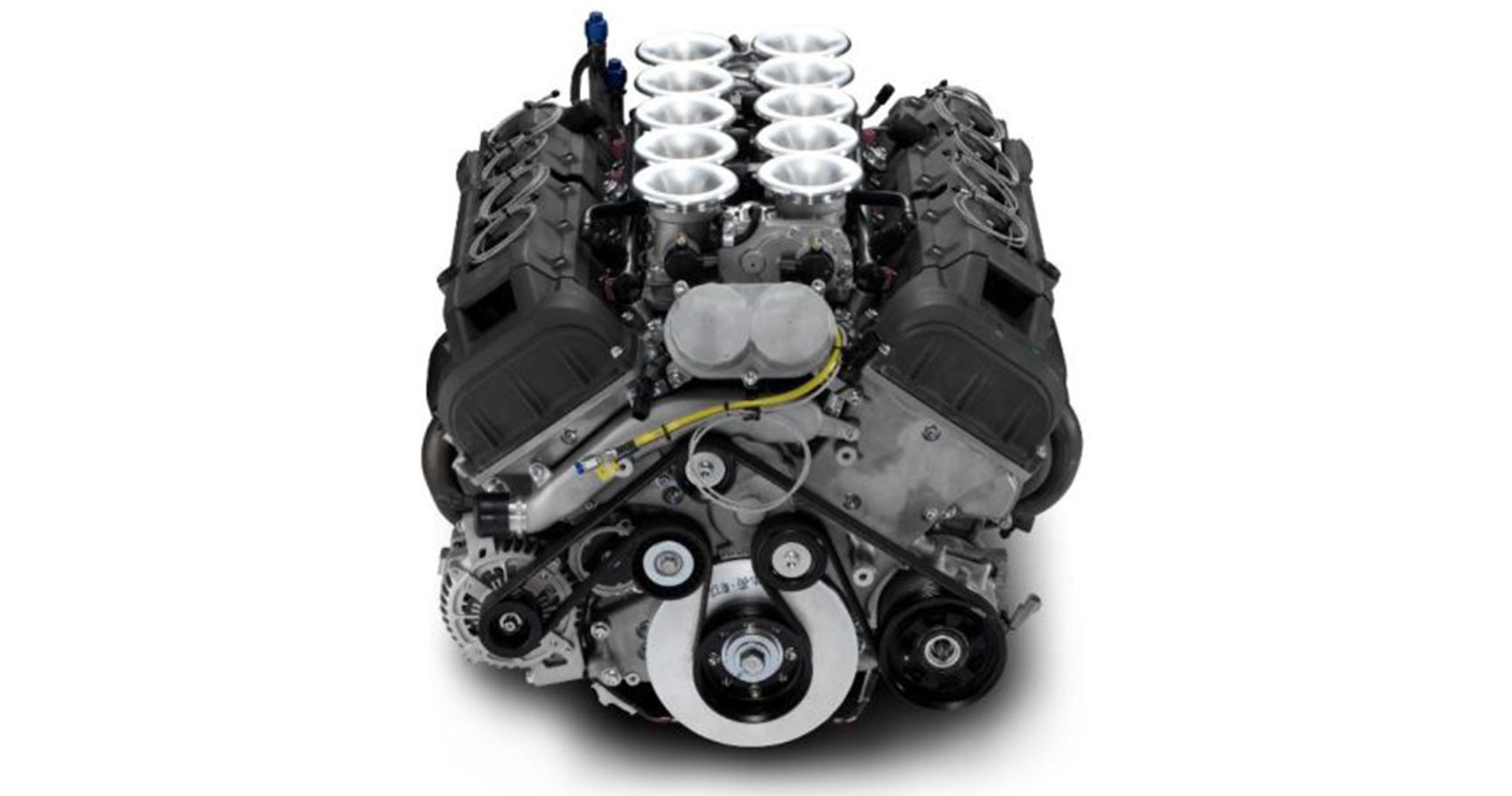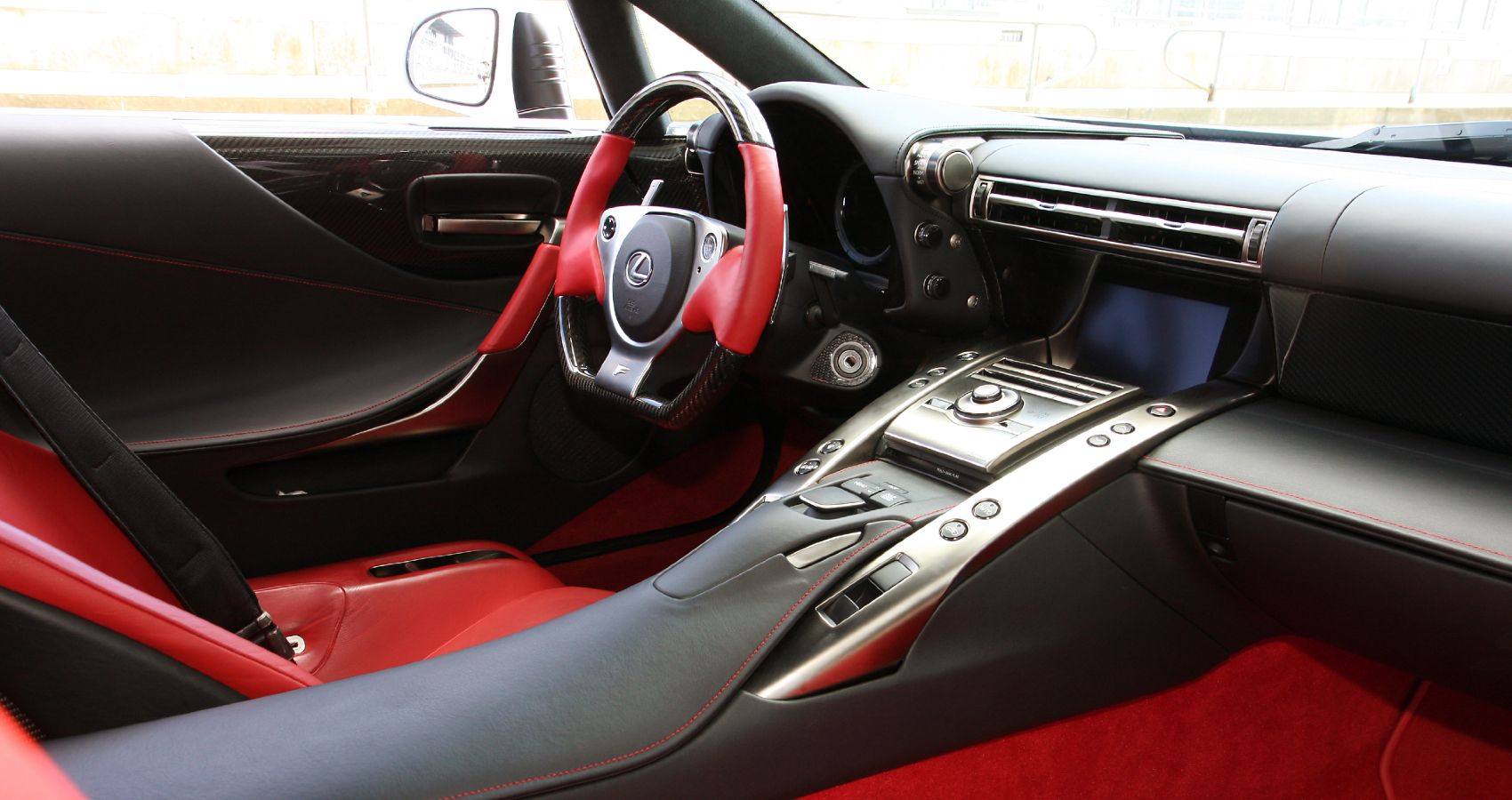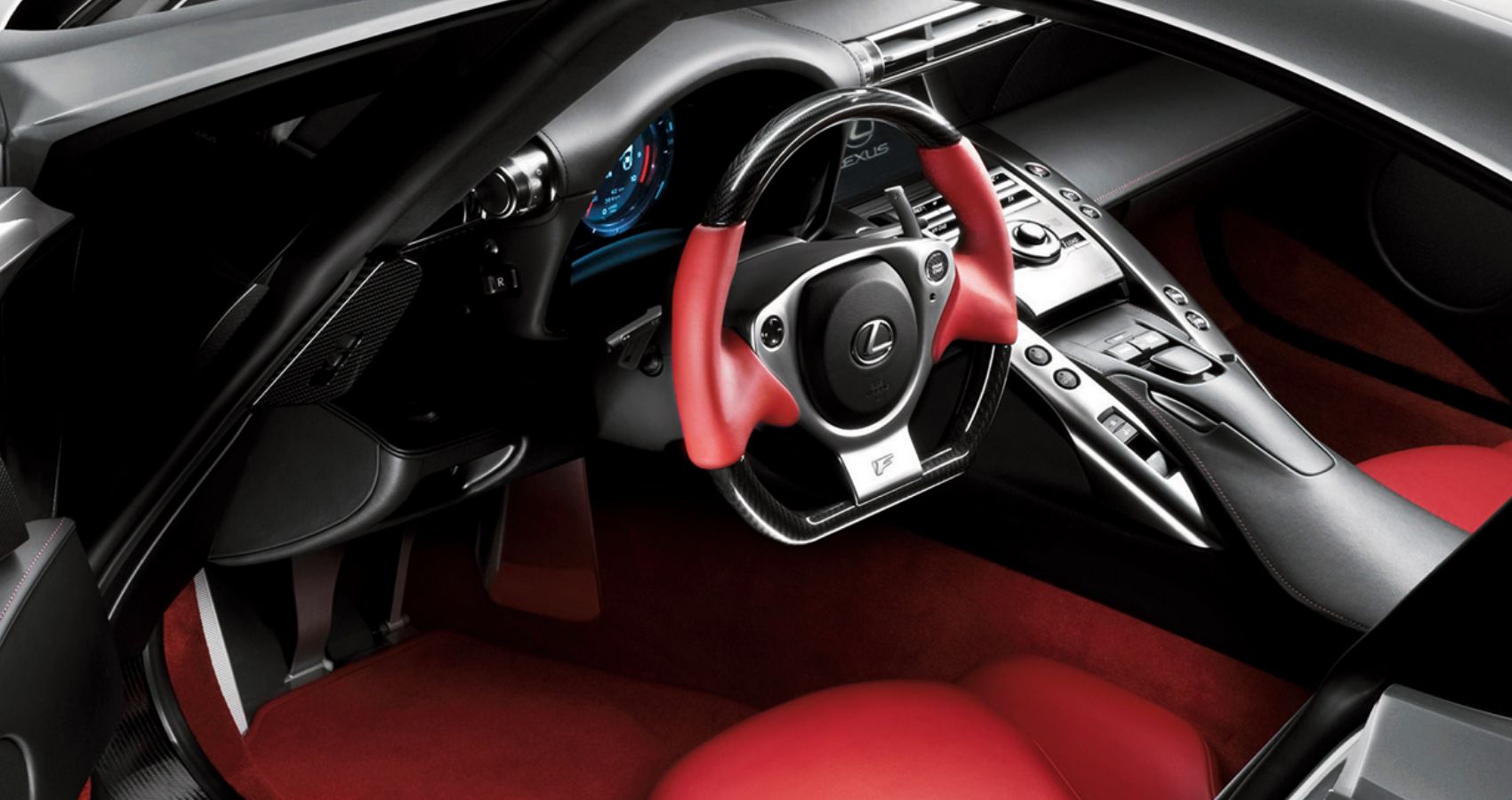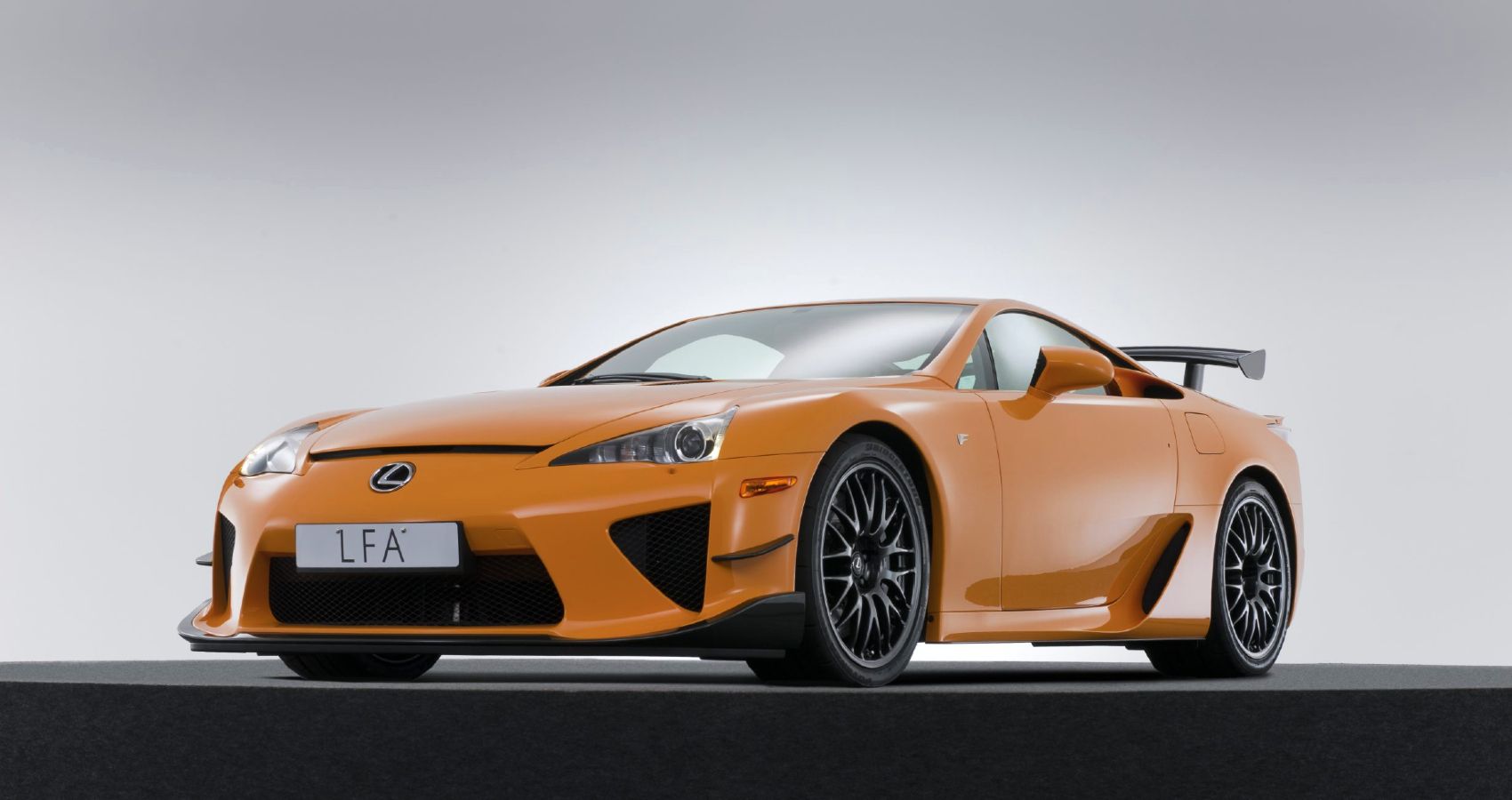Supercars are the ultimate expression of automotive engineering, and everyone dreams of owning or driving one once in their lifetime. But not every marque is capable of making a supercar, as it is an expensive process and sometimes a suicide mission. With tens of thousands of cars made to date, cars are like humans; they come and go, but some earn the status of legends, and the Lexus LFA is one.
With Italian marques like Ferrari and Lamborghini dominating the supercar scene in the 1980s, Lexus wanted a name of their own and planned the LF-A in the 1980s, which was later launched in 2010 as Toyota’s halo model. Unfortunately, the LFA was a big flop as buyers couldn’t digest the fact that Lexus, a company known for making luxury cars with great reliability and comfort, was making a supercar. Thus, just after two years, the LFA was retired, and a decade past its retirement, the LFA regained its lost glory, earning the status of one of the greatest cars ever made. Here’s why the Lexus is a great investment in 2023 and why you should get one before it's gone.
The Lexus LFA Is The Halo Model Of Toyota
The idea of developing the LFA began in the 1980s. Akio Toyota later pitched this idea to TMC’s top management, which was initially dismissed but later approved. Since this project was expensive, production was limited to only 500 units.
Toyota's designers and engineers were given full independence while developing the LFA. But building a high-performance engine exposed a new challenge, as they had no experience building high-performance engines.
Later, with all the chores done, the LFA met its biggest challenge: it was too heavy for a supercar and needed to be lighter. The development was rebooted, and this time, engineers redesigned the LFA with a carbon fiber chassis and exterior and interior components, which, although it took an additional five years, made it significantly lighter.
Because the LFA was Toyota’s most ambitious project, Lexus went with its standout engineers and put the best features, quality materials, and latest technologies in the LFA. And when it was introduced, the LFA was unlike any other Lexus people had seen before, and to date, it is considered Toyota’s best venture.
The Lexus LFA Is One Of The Best-Sounding Cars To Date
Lexus planned to develop their first supercar, the LFA but needed a capable engine that could stand up to the Italians. However, Toyota lacked experience in building high-performance engines, so they approached Yamaha to develop an engine exclusively for the LFA.
Toyota designed the V10 engine with aluminum, magnesium, and titanium and placed the cylinders at 72 degrees to make the engine more compact than a V8 for optimizing the car’s COG. Yamaha approached their music division to design the acoustics and designed the engine with a thicker surge tank wall and other highly advanced engine parts and an acoustically enhanced exhaust system that emitted a breathtaking sound that none had heard before. After all of this, the Lexus LFA's 1LR-GUE 4.8-liter V10 engine was born, and the rest is history.
This 4.8-liter V10 was outfitted with a 6-speed automatic transmission with manual shift capability, allowing drivers to downshift and hear a sound they had never heard before. This engine redlined at a mean 9,000 rpm, with the maximum power of 552 hp arriving at 8,700 rpm and 90% of the 354 lb-ft of torque being available at 3,700 rpm. The meaty torque at lower revs ensured 0–60 mph in just 3.5 seconds, and the hefty power gave a top speed of 201 mph.
The Traditional Recipe Is A Dream For Purists
The Lexus LFA’s interior is a work of art, and it's designed to connect with the driver to deliver a traditional supercar experience. Most cabin surfaces are adorned with soft-touch leather, while other parts like the dashboard and driver-side components use brushed metal accents or carbon fiber. The driver’s side offers a sportier touch with a flat-bottomed carbon-fiber steering wheel with paddle shifters and only two buttons: a four-way button for browsing through menus and a start-stop button at the right.
The cockpit offers two power-adjustable and heated front seats covered with red Alcantara leather as standard, but buyers can also opt for different colors to suit their tastes. The driver's side comes with a TFT color cluster and an LCD with ergonomically laid control buttons. The steering column is tuned to deliver a slick response and offer admirable feedback to establish an emotional connection with the driver. As is customary with other Lexus models, the suspensions are tuned to balance driving dynamics and comfort impressively. All in all, the LFA’s interior offers a mix of modern design and traditional elements to connect with buyers.
Buying A Lexus LFA In 2023 Is An Investment
The Lexus LFA is surprisingly good, and in an era dominated by Ferrari and Lamborghini, the LFA failed to make a statement despite having more potential than the latter. However, some things are meant to be, and after the discontinuation of the LFA in 2013, hybridization, forced induction, and electrification have killed naturally aspirated supercars, which increased their worth because of their exclusivity.
With the LFA no longer in production, enthusiasts can finally appreciate what a masterpiece the LFA was. That said, the LFA’s valuation has tripled, and because the LFA was only limited to 500 units with only 196 units available for the US, finding one is tough and can cost a hefty sum. While the LFA debuted with a price tag of $375,000, a 2012 Lexus LFA can set you back by at least $950,000 and can reach as high as $2.5 million for the Nürburgring Edition, meaning this car will at least double its worth in ten years, making it a collector’s piece.
Sources: Lexus, Yamaha, CarGurus.

